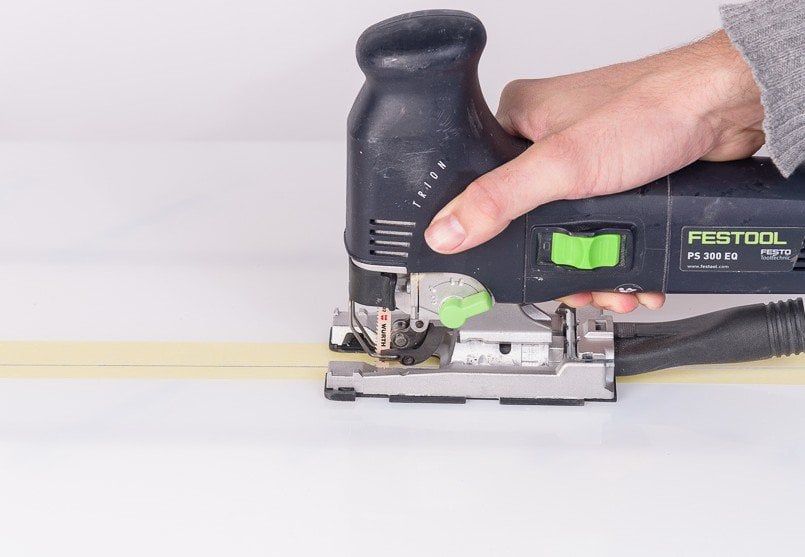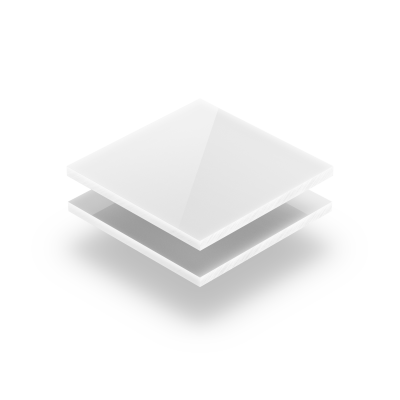At Plasticsheetsshop.co.uk, you can have your plexiglass cut to size for free, but you can also cut plexiglass yourself if needed. Cutting acrylic is no problem with the right preparation and if you use the correct tools. It is important that you know what kind of acrylic (also called plexiglass) you are going to cut because cutting acrylic sheet can cause some nasty surprises. It is good to know the names of the different types, but what is really important with plexiglass cutting is the distinction between cast and extruded plexiglass, also called plexiglass XT. In this article, you will read everything you need to know if you are planning to cut acrylic sheet or plexiglass.
Supplies for sawing plexiglass:
Extruded or cast Plexiglass?
Extruded or cheap plexiglass is a material with many internal stresses. This allows the sheet to break quickly when cutting. If you know in advance that you are going to perform many cutting operations (or other processing) on the acrylic sheet, then we strongly recommend that you choose cast plexiglass. Furthermore, it is important to know that neither of these types is suitable for manual cutting. A table saw / circular saw is the best machine for sawing plexiglass; you can possibly use a jigsaw, but preferably not for extruded plexiglass.
Preparations for sawing
When cutting acrylic, leave the protective film in place and do not mark the cutting line on the film. Stick masking tape on the place where the cutting line will be and mark the line on it. In the case of extruded Plexiglass, you can make a notch on the cutting line with a sharp knife (Stanley knife) and a ruler. This helps to prevent breaking and splintering on the surface.
Plexiglass cutting with a circular saw
A fine tooth or Widia saw blade is a must for cutting acrylic sheet. Always wear safety glasses when cutting! When sawing larger surfaces, it is important that the sheet does not bend next to the saw table, this can cause the acrylic to deviate at the level of the saw line. Take measures to ensure that the sheet is supported over the entire surface and that the acrylic sheet lies flat on the saw table at the height of the saw blade. With a standard saw blade of 300 millimetres, set the speed to 4,000 revolutions per minute. Depending on the thickness, the cutting speed is 3 to 4 meters per minute. Be careful not to feed thin sheets too quickly in order to prevent cracks and breakage. With greater sheet thicknesses (from 10 millimetres) you can slightly increase the speed and slightly reduce the cutting speed. Assess the result continuously and adjust the cutting speeds accordingly.
Cutting plexiglass with a jigsaw
Cutting plexiglass with a jigsaw is only suitable for cast acrylic sheet, extruded acrylic has a high risk of tearing and breaking if you are going to saw it with a jigsaw. Use a fine-toothed saw blade, for example for metal, preferably non-ferrous metals. We recommend slightly scoring the cutting line on both sides with a sharp knife to prevent breakage of the surface. Supporting the Plexiglass sheet is very important, even more so than with circular sawing. The sheet must be supported as close as possible to the cutting line, preferably at a distance of under 2 centimetres. When cutting straight lines, we recommend clamping a straight bar with glue clamps parallel to the cut so that the jigsaw is properly guided. When cutting the material, the saw must be up to speed, saw at medium speed (around 75%) and let the saw do the work. Only press the saw lightly through the cutting line.










